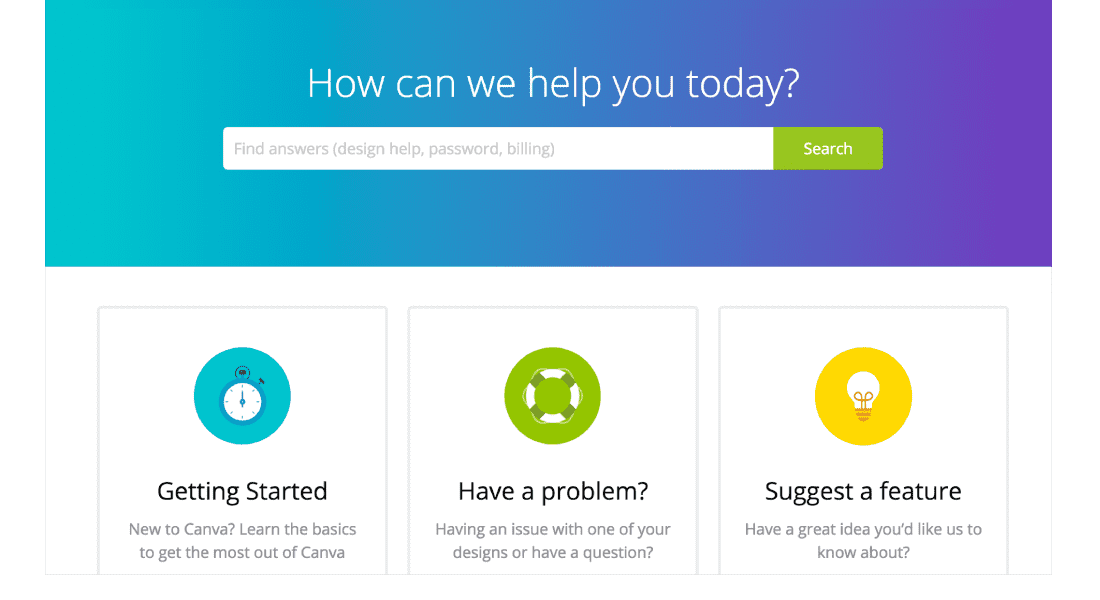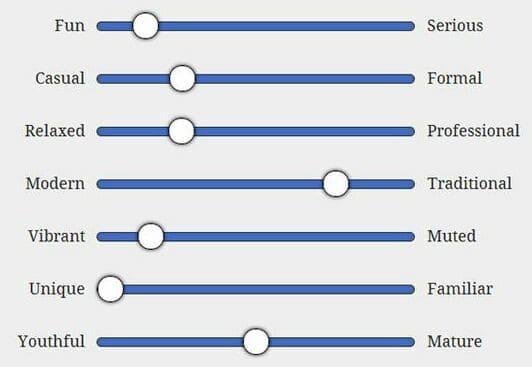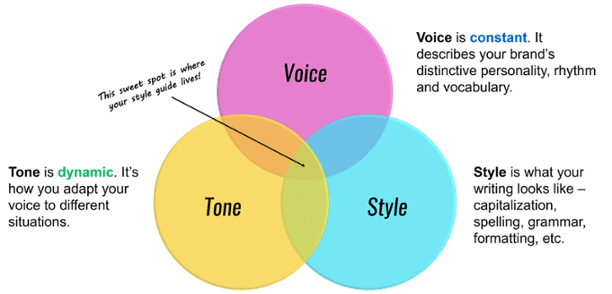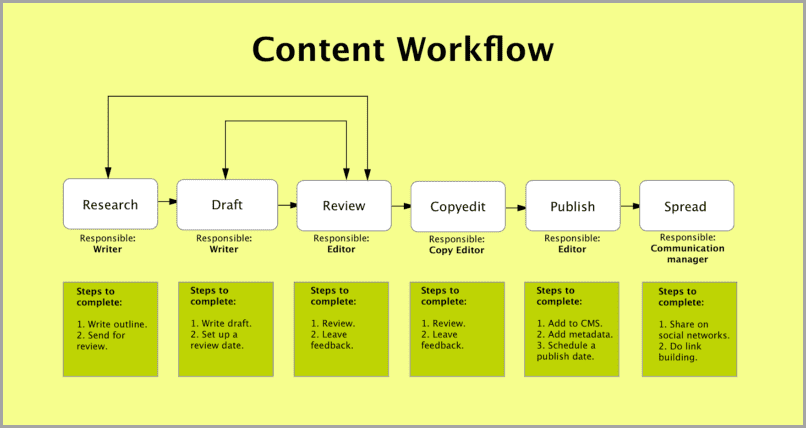Content writing is a crucial skill that can enhance your brand and captivate your audience.
Whether you’re creating blog posts, website content, or social media updates, effective content writing can capture attention and convey your message powerfully.
As you delve into the world of content writing, you’ll discover techniques and strategies that not only enhance your writing but also resonate with your readers.
By mastering this skill, you can ensure that your business stands out in a competitive online landscape.
Disclaimer: If you buy any products through links on this site, I may earn a commission. But it doesn't make any difference to your cost, and it helps me keep this blog running. So you could always read my articles for free.
What is content writing?
Content writing is the discipline of creating and editing written material for a business, which allows the business to communicate at scale with its target audience.
Its purpose is to create material to educate, inspire, or entertain prospects, based on what their intent could be at a given time.
Most of the material written as part of content writing either lives on the company website, or is distributed via other websites and online channels, such as email and social media.
Examples of this material include information on the company’s website about who they are, their products and services, blog posts, latest updates, product documentation, email newsletters, and more.
Content writing benefits and scope
Content writing started as a way for brands to set themselves apart from the competition.
But it has now become a part and parcel of how any business operates, with over 85% companies predicted to keep or grow investment in content.
Behind many successful companies is a ton of useful and relevant content that resonates with its audience.
Having more content on different topics gives your brand the chance to rank in search engines for more keywords.
It also makes it more likely that visitors will stick around longer on your website.
As a result, brands are increasingly taking it more seriously.
Types of content writing materials
There are many different types of web content, based on their objective, format, and mode of communication.
As such, a content writer could be a generalist – good at adapting to varying forms like blog posts, ebooks, sales copies, social media posts, emails, user documentation, and more.
Or he could choose to specialize and establish expertise in only one form of content writing. Let’s take a closer look at each of them.
Blog posts
A blog post is by far the most commonly written piece of content for the web. And for good reason, as consistent blogging is an effective and low-cost way to grow a brand.
A blog is a section of a brand’s website where they publish articles on topics that their target audience would be interested in. Each such article is known as a blog post.
In other words, a blog is a collection of blog posts, usually listed in chronological order. The latest posts show up near the top, followed by older posts at the bottom.
Web page copies
This type of web content writing comprises most of the material written for all the standard pages of a website.

The purpose of writing website content is to provide all the information a prospect may want to know about the business, its products/services, and how they benefit the prospect.
These include the homepage, about us page, products and services page, and contact information page, along with terms, policies, and frequently asked questions.
Social media posts
Social media is a big part of our lives. It’s also a big way for businesses and customers to connect and interact with one another.
By posting interesting content regularly on social media, you have the opportunity to influence and build a relationship with your target audience.
From TikTok and Twitter to LinkedIn and Instagram, there are a number of different social media platforms with their own formatting and visual specifications.
That’s why the ability to write engaging social media posts for each type of platform is highly sought after.
Social media content writing involves scribbling short paragraphs, blurbs, or rants (along with attention-grabbing visuals) to show a brand’s authentic side, promote an event, share inspiring ideas, or extend an offer. Here’s an example.

Advertising/sales copywriting
Copywriting involves writing in order to make people interested in a brand’s product or service. In addition, this type of content writing aims to steer people towards a certain action. This action could be:
- Clicking on an advertisement and visiting the brand’s website to learn more.
- Subscribing to a brand’s email newsletter.
- Enquiring about a service by filling in a contact form.
- Adding a product to the cart and completing the checkout process.
The kind of marketing copy to be written is also determined by the platform where it will be published or distributed.
These include email newsletters, social media advertising, landing pages, paid search campaigns, and other content at the bottom of the funnel.
Technical/industry writing
In some industries, it’s impossible to produce good content if the writer doesn’t have formal education or experience. In fact, there could be serious consequences if the content is misleading or inaccurate. These include niches like:
- Finance and banking
- Healthcare and medicine
- Legal rules and regulations
- Deep technology and science
Because of the complexity and risks involved, only content writers specialized in an area write content associated with it. They are also paid more than generalist content writers.
Product knowledge/documentation
The more features and complexity a product or service has, the deeper the need for thorough documentation.
When you buy toothpaste, for instance, you don’t need a user manual to use it. But when buying something more sophisticated, like business software, just a quick-start manual may not be enough.
You may need detailed tutorials on using all the features. So, this area of website content writing deals with documenting product features, updates, use cases, guides, and tutorials. Canva’s help center is a good example.

In a way, this is similar to technical writing, as a writer will need proper knowledge of the product and industry it operates in. Only then he or she will be able to write usable content.
Content writing skills to write for the web
There are more aspects to writing for the web than simply writing words on a page. You need to create content that’s compelling enough to engage readers and nudge them to take action. The most essential skills expected from a master content writer include:
Strong research skills
The best website content writers know how to conduct thorough research. This helps them on two levels:
- To understand and know more about their target audience.
- To get more information on the subject matter they write about.
For example, many content writers blindly trust a poor source and don’t compare multiple sources to verify the accuracy of their content.
Well-researched content tailored toward an audience is one of the greatest tactics to build a brand’s authority.
Adaptability to different styles
There are many different forms of web content writing, with their unique tones, voices, and styles.

To succeed as a content writer, you should adapt to and master a range of writing styles.
SEO, CMS, and HTML
Just possessing strong writing skills isn’t enough. You also need good knowledge of SEO, CMS systems, and HTML to write for the web. Here’s why:
- SEO will help you write and optimize content better to be discovered and ranked by search engines.
- Knowledge of content management systems (like WordPress) will allow you to publish and manage the content you write for a brand.
- A good understanding of HTML is essential as you’ll often need to make small fixes when publishing content on a brand’s website.
The more you practice a particular skill, the better you’ll master it. With every step you take toward honing these skills, you’ll increase your demand and command a higher rate when you write for the web.
Content writing process
We have covered a lot of ground on content writing for the web. But we haven’t talked about the actual process. You might still be wondering about how all this works. How do content writers create content? So here goes:
Content strategy/planning
Web content writing is a significant long-term investment. So, the first step is to ensure that you have a strategy in place. A content strategy will help you answer questions such as:
- What do we want to accomplish from our content?
- How will we measure content performance?
- Who are our target audiences, and what are their content needs?
- How will we source content ideas?
- What content formats should we focus on?
- How will we manage and distribute content?
Content briefing and outline
Writing for the web at scale is hardly achievable by just winging it. Whether you are a solo content writer or a team, you need discipline, consistency, and focus. Things can easily go awry in the absence of a single set of guidelines to adhere to.
When working on content creation for a business, what all stakeholders need is specific guidance to be able to understand the brand’s content strategy, mission, and expectations.
This guidance is imparted in the form of two documents: a style guide and content briefs. The brand’s style guide and copywriting briefs together act as the glue that holds the team together and helps in accomplishing the intended web content deliverables.

You can also think of this as a questionnaire for your client or manager when they want you to write a piece of content for the web. So you have complete information on exactly what you need to write to meet their expectations.
Content draft writing and editing
Creating an average piece of content isn’t hard. That’s why there is so much mediocre content online. But writing the same poor to average to good content like everybody else won’t cut it anymore.
A business will have to aim for great to remarkable content for the web, which is different from anything else out there.
The world’s best content marketers don’t simply create content for the web. They deliberately do it better or differently than others.
Content review and publication
Once a piece of content has been created/edited by the content writing team or person, it goes through a round of reviews.
Depending on the size of the company, it may be just one review by the owner, or multiple reviews by different departments (marketing, legal, etc) in the company. Here’s what a typical content workflow may look like, according to Flypchart:

Based on these reviews, if any changes are required in the content, it goes back to the writers to revise. If not, it is approved for publication.
To publish content on the website, a company either relies on their IT department, or uses content management software. The most popular CMS is WordPress, powering more than 30% of all websites online. Other prominent ones are Wix, Squarespace, Joomla, and Shopify.
Content repurposing/translation
More often, a brand will have website content objectives beyond producing and publishing content as just text, or in just one language.
For example, infographics and videos have become very popular in recent years. Many brands are trying to convert their written content into visual content.
So once your written content is finalized, it may be turned into a script and sent to a graphic designer or a team of video experts to be turned into a graphic or video.
In addition, if the company has an international presence, it will also want to translate the content into the languages associated with the countries they operate in.
So, the content will also be sent for translation to the appropriate staff member or team.
Content marketing and distribution
Once the content is fully ready and published, a brand cannot just let it sit there to be found by itself and used by its partners, staff members, and prospective and current customers.
So, in this phase, an organization puts in the effort to adequately promote content to their target audience. This is done by mapping the content to the relevant stages of a content funnel, and distributing it accordingly.
Performance monitoring and improvement
Blindly churning out piece after piece of web content is a surefire way to failure. As a company, you want to ensure that your content resonates with your audience and achieves the goals set in your content strategy.
In order to do this, the goals are defined along with the proper metrics associated with them. For example, if one of the goals in your content strategy is to get higher search rankings, then you’d be tracking metrics like average search position.
In addition, a brand uses a number of web analytics tools to measure and track these metrics. The most prominent example of such software is Google Analytics.
From the analytics data, we can get insights on things like how much traffic the content is getting, the demographics of readers, which content is performing the best, and more.
This information helps inform and refine the web content creation process on an ongoing basis.
Conclusion: What is content writing?
Phew! I hope that was not a lot to take in for you. If it is, you can always come back again for reference. As you can see, content writing for the web takes a lot of planning, resources, and efforts to get right.
But in the end, it’s all worth it. In addition, you also need to consider how you can best optimize the performance and ROI of web content .
Did I miss anything? Did you try these tips? Do you have any questions or comments? Share your thoughts below in the comments section.




